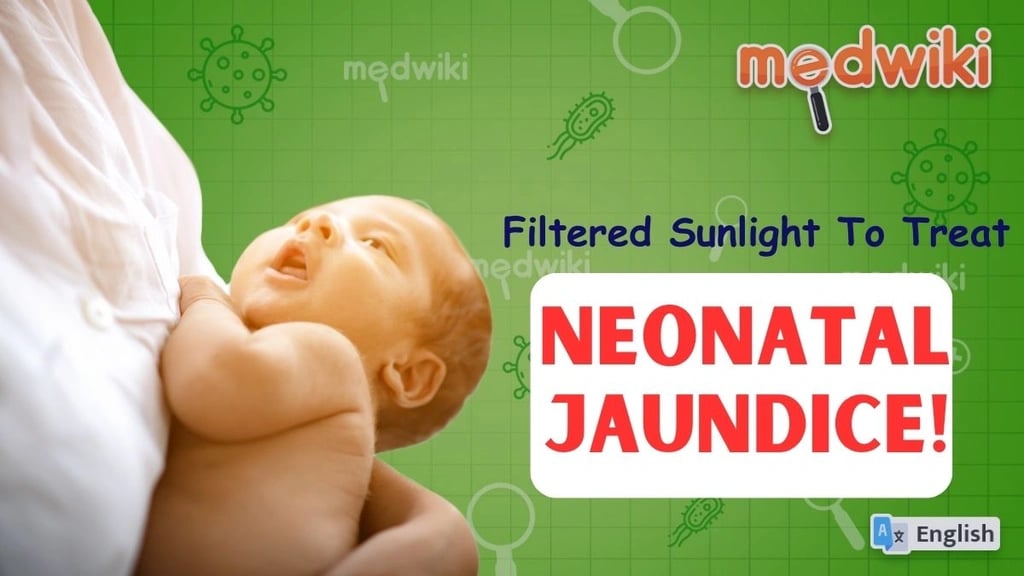Phototherapy for Jaundice in Newborns!
What is Phototherapy?
Phototherapy is a common and effective treatment for severe jaundice in newborns. It uses visible light to break down excess bilirubin—the yellow substance that causes jaundice—so it can be easily removed from the baby’s body. This process is called photolysis.
Unsure about something you read about jaundice or phototherapy? Get trustworthy answers from verified sources on Ask Medwiki – a trusted source for reliable information.
How Does It Work?
The baby's skin and blood absorb the light, which transforms the bilirubin into a water-soluble form. This makes it easier for the baby to excrete it through urine and stool.
Why Is It Important?
The main goal of phototherapy is to lower levels of unconjugated bilirubin, which can lead to encephalopathy—a serious condition that may cause brain damage or long-term developmental issues if left untreated.
Is It Safe?
Yes! Phototherapy has been used safely for over 40 years, and side effects are rare.
However, in very rare cases, a condition called Bronze Baby Syndrome can occur—especially in babies with cholestatic jaundice. This causes the baby’s skin to turn a bronze-grayish color due to bilirubin deposits.
When Is It Used?
Phototherapy is typically the first-line treatment for newborn jaundice, especially during the first two weeks of life.
Source1:-Woodgate, P., & Jardine, L. A. (2015). Neonatal jaundice: phototherapy. BMJ clinical evidence, 2015, 0319.
2:-FAQs About Phototherapy. (n.d.). FAQs About Phototherapy. Retrieved March 5, 2024, from https://med.stanford.edu/newborns/professional-education/jaundice-and-phototherapy/faqs-about-phototherapy.html
This information is not a substitute for medical advice. Consult your healthcare provider before making any changes to your treatment. Do not ignore or delay professional medical advice based on anything you have seen or read on Medwiki.
Find us at:


















.svg)